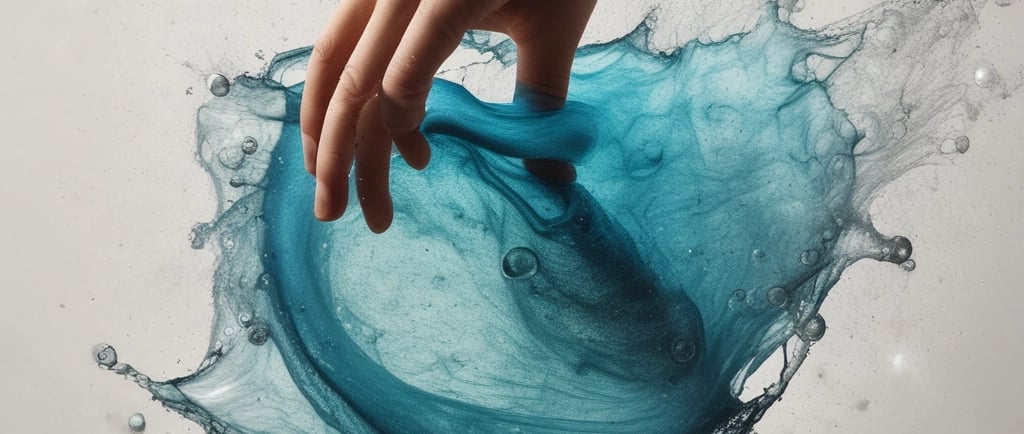About Nanobubbles
What I need to know?
INTRODUCTION TO NANOBUBBLES
2/24/20252 min read


What Are Nanobubbles?
Ultrafine bubbles (UFBs), also known as nanobubbles, are microscopic gas bubbles smaller than 200 nanometers in diameter—nearly invisible to the naked eye. Unlike conventional bubbles, which quickly rise to the surface and burst, ultrafine bubbles remain stable in liquids for extended periods due to their high internal pressure and surface charge.
These unique properties enable ultrafine bubbles to interact at a molecular level, enhancing cleaning, oxidation, and gas transfer processes in ways traditional methods cannot achieve.
Key Properties of Ultrafine Bubbles
Long Suspension Time – Unlike larger bubbles, UFBs do not rise and burst quickly; they remain dispersed in water for hours or even days.
High Surface Area – Their small size increases total surface area, improving chemical reactions and gas dissolution in water.
Surface Charge & Free Radicals – UFBs carry a negative charge, which helps attract and lift contaminants. In some cases, they generate reactive oxygen species (ROS), boosting disinfection and oxidation properties.
Improved Gas Solubility – Gases such as oxygen, ozone, and carbon dioxide remain more effectively dissolved, enhancing biological and chemical processes.
Industrial Applications of Ultrafine Bubbles
1. Healthcare & Medical Fields
Sterilization & Disinfection – Ozone and oxygen UFBs are used in hospitals for infection control, reducing the need for harsh chemicals.
Wound Healing & Skin Therapy – Oxygen-rich nanobubbles improve cellular oxygenation, promoting faster healing and hydration.
2. Food & Beverage Industry
Produce Cleaning – UFBs effectively remove pesticide residues and bacteria from fruits and vegetables.
Food & Beverage Processing – UFBs help maintain product freshness and extend shelf life.
3. Agriculture & Hydroponics
Enhanced Plant Growth – Oxygen UFBs increase root oxygenation, boosting nutrient absorption and plant health.
Pest & Disease Control – Ozone UFBs help disinfect irrigation water, reducing pathogens without chemicals.
4. Wastewater Treatment & Environmental Protection
Oil & Grease Removal – UFBs break down organic pollutants in wastewater treatment plants.
Heavy Metal Reduction – Nanobubbles improve flocculation, aiding in metal ion separation from industrial effluents.
5. Industrial Cleaning & Electronics Manufacturing
Precision Cleaning – UFBs remove microscopic contaminants from semiconductors, circuit boards, and medical devices.
Eco-Friendly Degreasing – Nanobubbles replace harsh solvents in metal degreasing, reducing chemical waste.
With ongoing research, ultrafine bubbles are set to reshape multiple industries, offering sustainable, high-performance solutions across the globe.
Ultrafine Bubbles in Residential Use
While widely adopted in industries, UFB technology faces challenges in residential adoption, primarily due to the difficulty of balancing cost and performance. Many existing solutions are expensive, limiting their accessibility for home use. Nano Wash overcomes this challenge by successfully harnessing the UFB technology to deliver excellent performance at an affordable price, making advanced UFB benefits accessible for everyday use.
